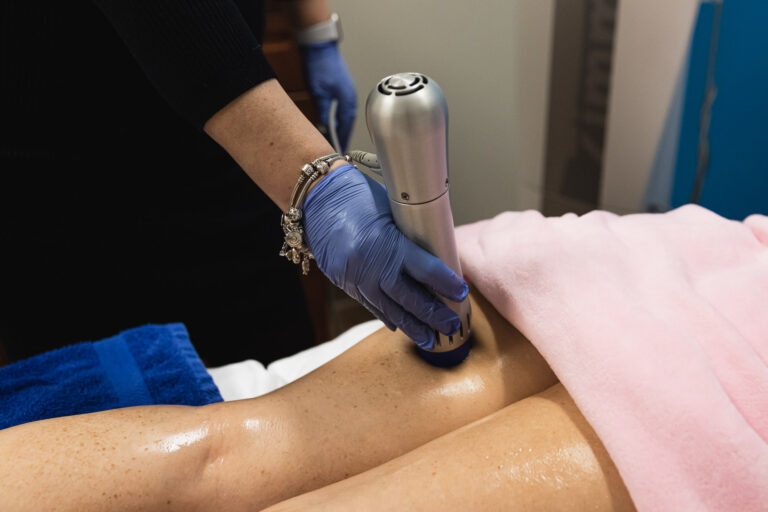Cellulite is a common cosmetic concern that affects many individuals, particularly women. Often described as a dimpled or lumpy appearance on the skin, cellulite occurs when fat deposits push through the connective tissue beneath the skin. While cellulite is not harmful, it can be a source of self-consciousness for those affected. In this article, we will delve into what cellulite is, examine potential benefits of treatment, and discuss associated risks.
Understanding Cellulite
Cellulite occurs when the fibrous bands of connective tissue that anchor the skin to the underlying muscle become tight and inflexible, allowing fat cells to bulge through. This can result in the characteristic dimpled appearance often seen on the thighs, buttocks, and other areas of the body. Factors such as genetics, hormonal changes, and lifestyle choices can contribute to the development of cellulite.
Benefits of Treating Cellulite
Improved Skin Texture:
Treatment for cellulite aims to improve skin texture, reducing the visible dimpling and creating a smoother appearance. This can enhance the overall aesthetics of the affected areas.
Increased Self-Confidence:
Many individuals seek cellulite treatment to boost their self-confidence and feel more comfortable in their own skin. Addressing the appearance of cellulite can contribute to improved body image and self-esteem.
Non-Invasive Options:
There are various non-invasive treatment options for cellulite, including laser therapy, radiofrequency, and acoustic wave therapy. These options typically involve minimal discomfort and require little to no downtime.
Enhanced Circulation:
Some cellulite treatments, such as massage-based therapies, may improve blood circulation in the affected areas. Improved circulation can contribute to healthier skin and tissue.
Temporary Reduction of Cellulite:
While cellulite treatments may not offer a permanent solution, they can provide temporary reduction in the appearance of cellulite. Regular maintenance treatments may be required for sustained results.
Risks of Treating Cellulite:
Temporary Side Effects:
Non-invasive cellulite treatments may cause temporary side effects such as redness, swelling, or bruising at the treatment site. These effects typically subside within a few days.
Limited Long-Term Efficacy:
Many cellulite treatments provide temporary results, and the effectiveness can vary among individuals. Long-term maintenance may be necessary to sustain the desired outcome.
Financial Investment:
Cellulite treatments often require multiple sessions, and the cost can add up over time. Individuals considering treatment should be prepared for the financial investment involved.
Unrealistic Expectations:
It’s important for individuals to have realistic expectations regarding cellulite treatment. While improvements are possible, complete elimination of cellulite may not be achievable, and individual responses to treatment can vary.
Invasive Procedures:
Invasive procedures for cellulite, such as liposuction, carry additional risks associated with surgery, including infection, scarring, and anesthesia-related complications.
Conclusion:
Cellulite treatment offers potential benefits for those seeking to improve the appearance of their skin and boost self-confidence. However, individuals should carefully consider the associated risks and consult with qualified healthcare professionals to determine the most suitable approach. Understanding the temporary nature of many cellulite treatments and maintaining realistic expectations are crucial for informed decision-making. Overall, a comprehensive evaluation of benefits and risks is essential to make informed choices about cellulite treatment.
